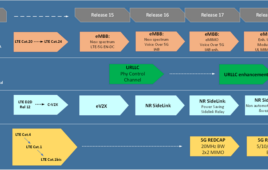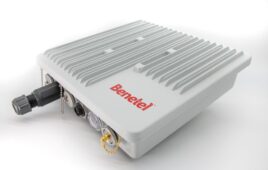Aircell today said it will use a Long-Term Evolution (LTE) network for in-flight Internet access by early 2011.
The company’s service is called Gogo. Its technology roadmap begins with wireless service of 12 Mbps on American Airlines this summer, followed by Virgin America, both using an FCC license and CDMA EV-DO Rev. A technology. Aircell has planned an upgrade to 22.7 Mbps for late 2009.
Initially, the service will only be available on very long flights. American Airlines will charge $12.95 per flight; Virgin’s pricing is not yet announced. Service for shorter flights will follow, and subscription pricing is a possibility, officials said. In addition to passenger service, the LTE service could be used by crew members for receiving high-resolution weather maps, the company noted.
“The 4G market is still evolving but one thing is for sure, passengers will want the same mobile broadband services in the air that they have on the ground. Aircell’s choice of LTE ensures that our network will continue to support the services customers demand today and in the future. With LTE, Aircell’s Air-to-Ground in-flight Internet technology is future-proofed,” said Aircell CTO Joe Cruz, in a statement.
Aircell competes against Row44, which uses satellite technology. The actual LTE technology is typically viewed as a simpler network upgrade than competitive WiMAX technology, however, WiMAX is largely available already.




